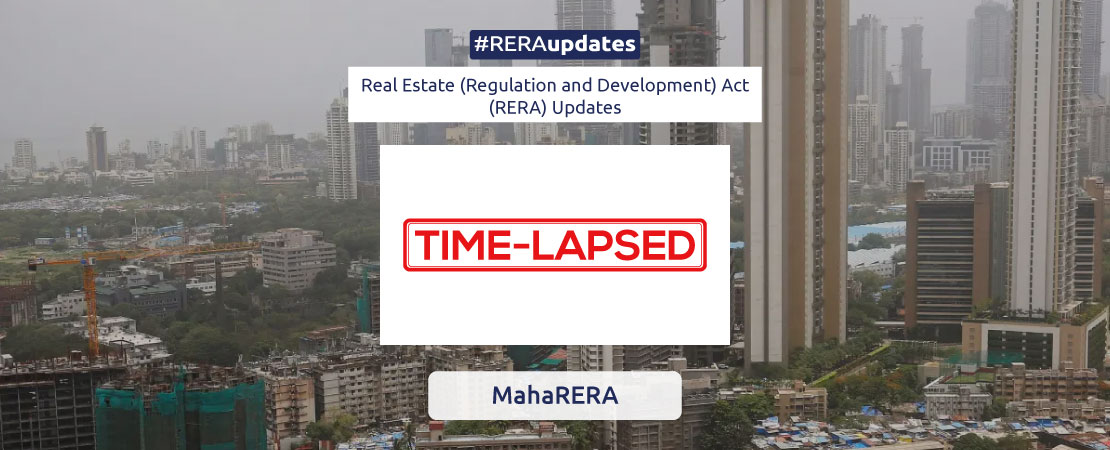As many as 3,371 residential projects across the state have been declared “lapsed” between 2017 and 2021 because the builders were unable to complete them in the deadline they had set while registering their projects with the MahaRera. Of these, 453 projects are in Greater Mumbai, according to MahaRera’s list of “expired” projects.
“The validity of MahaRera registration for these projects has expired. The promoter shall not advertise, market, book, sell or offer for sale, or invite persons to purchase in any manner any plot, apartment or building, as the case may be,” the regulatory authority said.
‘Funding is the biggest reason why builders’ projects lapse in state’
Builders must in such a case apply for an extension. Vasant Prabhu, secretary, Maha-Rera, said that these builders are granted a year’s extension by the housing authority. “But if they are still unable to complete the project after the one-year extension, such builders will have to seek the consent of at least 51% of the people who have booked apartments in their projects. If these flat buyers agree to a further extension, MahaRera will not object,” he said.
“Lapse of project can be avoided if the developer updates the project details mandated by MaharRera on its portal and obtains extension of project if required at a proper time,” Niranjan Hiranandani, CMD, Hiranandani Communities, and president of the builder body Naredco National, said.
Lapsed projects are not blacklisted projects, said developer and vice-president of Naredco West, Hitesh Thakkar. “It’s the timeline of the project, which is lapsed, which can be revived with consent of buyers. Developers must maintain transparency and good relations with their buyers,” Thakkar said.
Anuj Puri, chairman of ANAROCK Group, said Rera registration numbers of various projects in the state have lapsed on account of several factors, but funding is by far the biggest reason. “Rera was implemented in 2017, and a year later the IL&FS crisis held real estate hostage, particularly the residential segment. NBFCs had been a major source of funding for the real estate industry since banks were reluctant owing to rising NPAs. Funding by the NBFCs slowed down significantly with the IL&FS crisis. Private equity funding into the sector also slowed down to a trickle back then,” he said.
Puri said Grade B and C developers were the most impacted as lending to them was minimal. “It is not all doom and gloom, however. Government-backed funds are identifying some projects that are near completion to bring them to completion with last-mile funding, and some of the larger developers are taking over and reviving some other projects,” he said.

